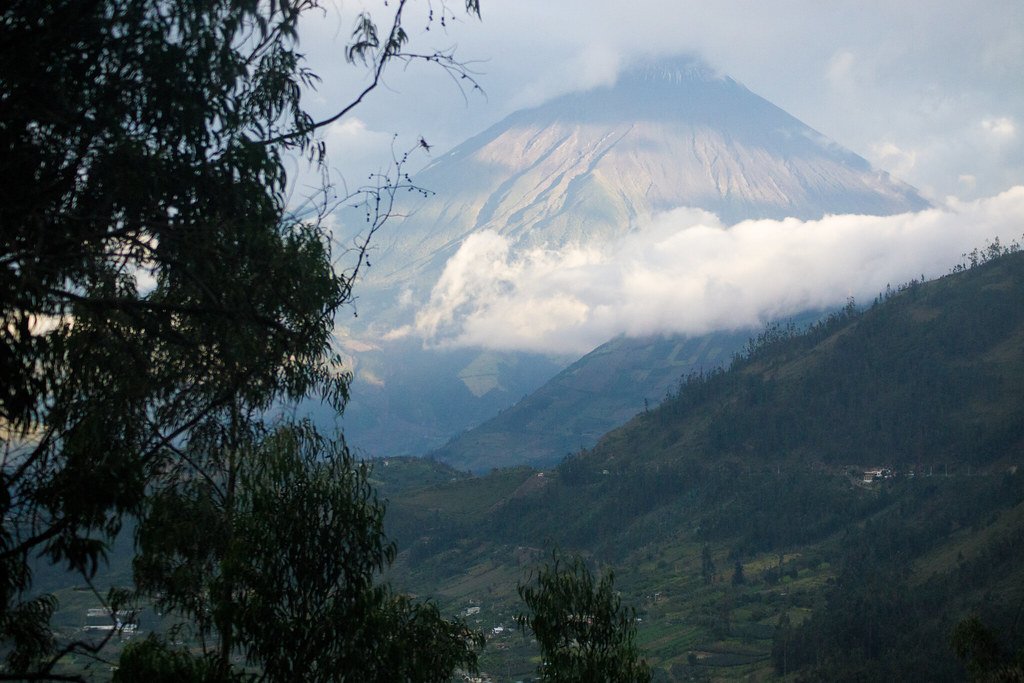Imagine a place so dangerous that for more than seventy years, almost no human has dared to step foot inside. Now, imagine that same place teeming with life—rare cranes gliding silently over wetlands, wildcats slinking through the underbrush, and plants blooming undisturbed. This isn’t a scene from a fantasy novel, but the astonishing reality of the Korean Demilitarized Zone, better known as the DMZ. Built as a symbol of division and conflict, the DMZ has unexpectedly transformed into one of the world’s most remarkable wildlife sanctuaries, a living testament to nature’s resilience even amidst humanity’s darkest divides.
The Birth of the DMZ: A Political Accident

The Korean DMZ was never meant to become a haven for wildlife. After the Korean War armistice in 1953, a 250-kilometer-long and four-kilometer-wide buffer zone was established to separate North and South Korea. Its primary purpose was to keep two hostile armies apart, not to protect plants and animals. Soldiers, land mines, and barbed wire fences turned this narrow strip into one of the most heavily fortified borders on Earth. Ironically, it was the constant threat of violence and the ever-present sense of danger that kept people away, inadvertently making it a safe place for nature to reclaim the land.
A Landscape Frozen in Time
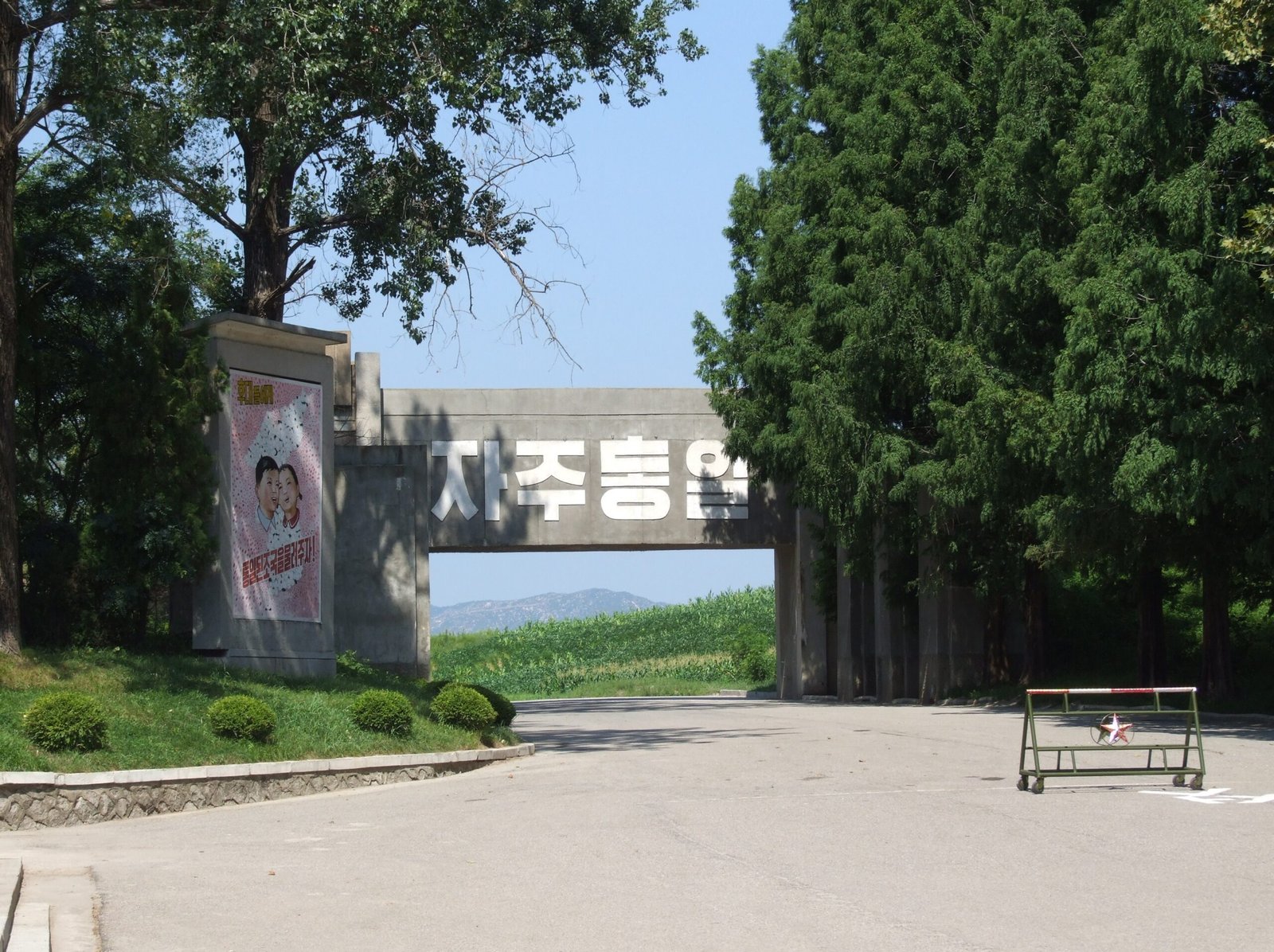
While much of the Korean Peninsula has changed drastically due to rapid urbanization, the DMZ has remained untouched for decades. Forests cover rolling hills, rivers meander quietly, and wetlands stretch out, undisturbed by bulldozers or construction crews. This accidental preservation has allowed ecosystems inside the DMZ to flourish as they did centuries ago. Scientists often describe it as a time capsule, offering a rare glimpse into what Korea’s landscape once looked like before modern development began its relentless march forward.
Rare and Endangered Species Find Refuge
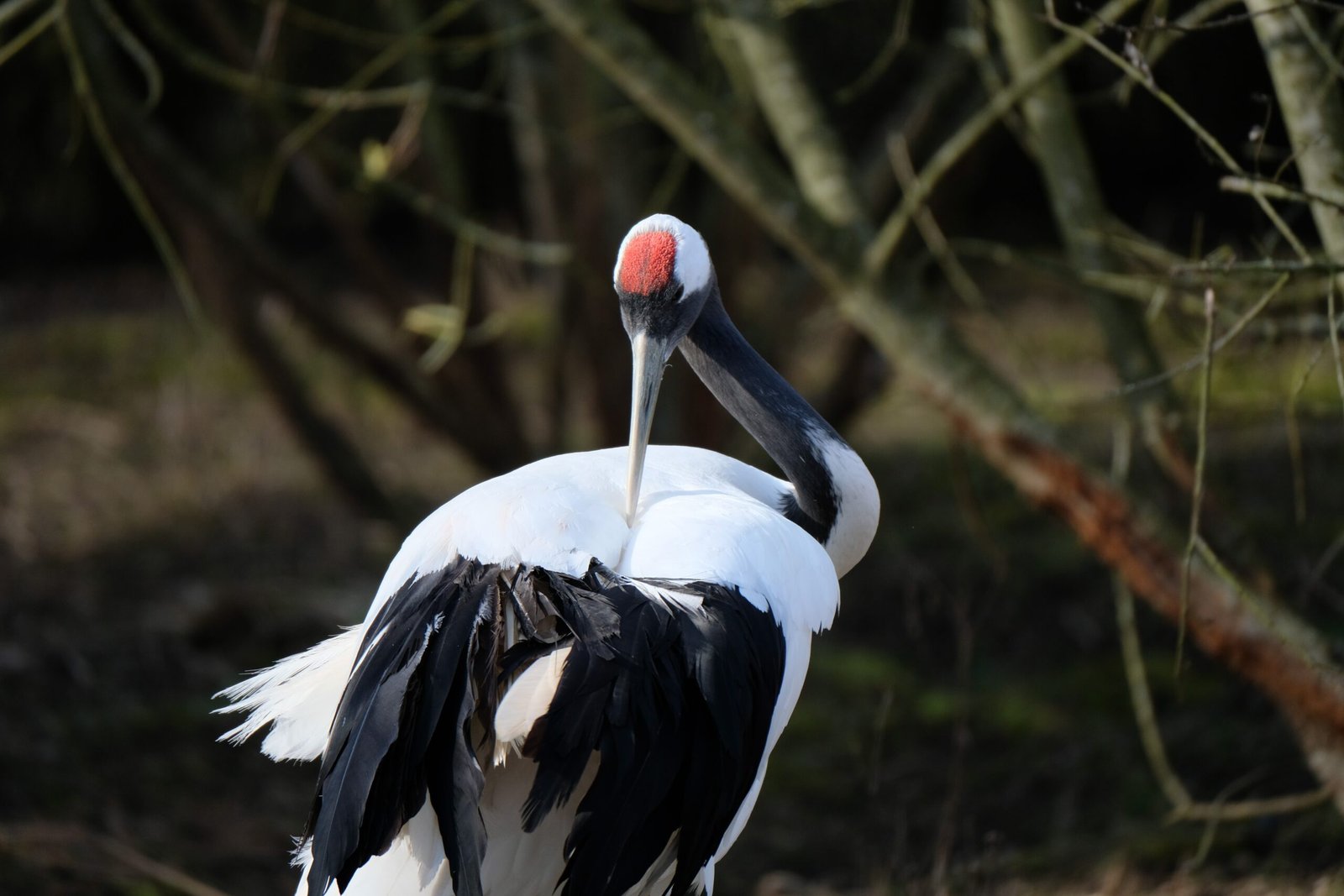
The DMZ has become a critical refuge for species that are threatened or extinct in other parts of Korea. The majestic red-crowned crane, a symbol of longevity and good fortune in East Asia, nests here in greater numbers than almost anywhere else on the peninsula. The elusive Amur leopard cat and the endangered Asiatic black bear have been spotted prowling the forests. Even the tiny musk deer, with its vampire-like fangs, survives here in relative peace. For some of these animals, the DMZ may be their last stronghold in a world where habitat loss is an ever-present threat.
A Magnet for Migratory Birds
Every year, the DMZ’s wetlands and grasslands become a vital stopover for thousands of migratory birds traveling along the East Asian-Australasian Flyway. Species like the white-naped crane and the hooded crane, both globally threatened, rely on this safe corridor to rest and refuel during their epic journeys between Siberia and Southeast Asia. Birdwatchers and scientists alike are astonished by the sheer variety and numbers of birds that gather here, turning the border zone into a living, fluttering spectacle every spring and autumn.
Plants That Refuse to Disappear
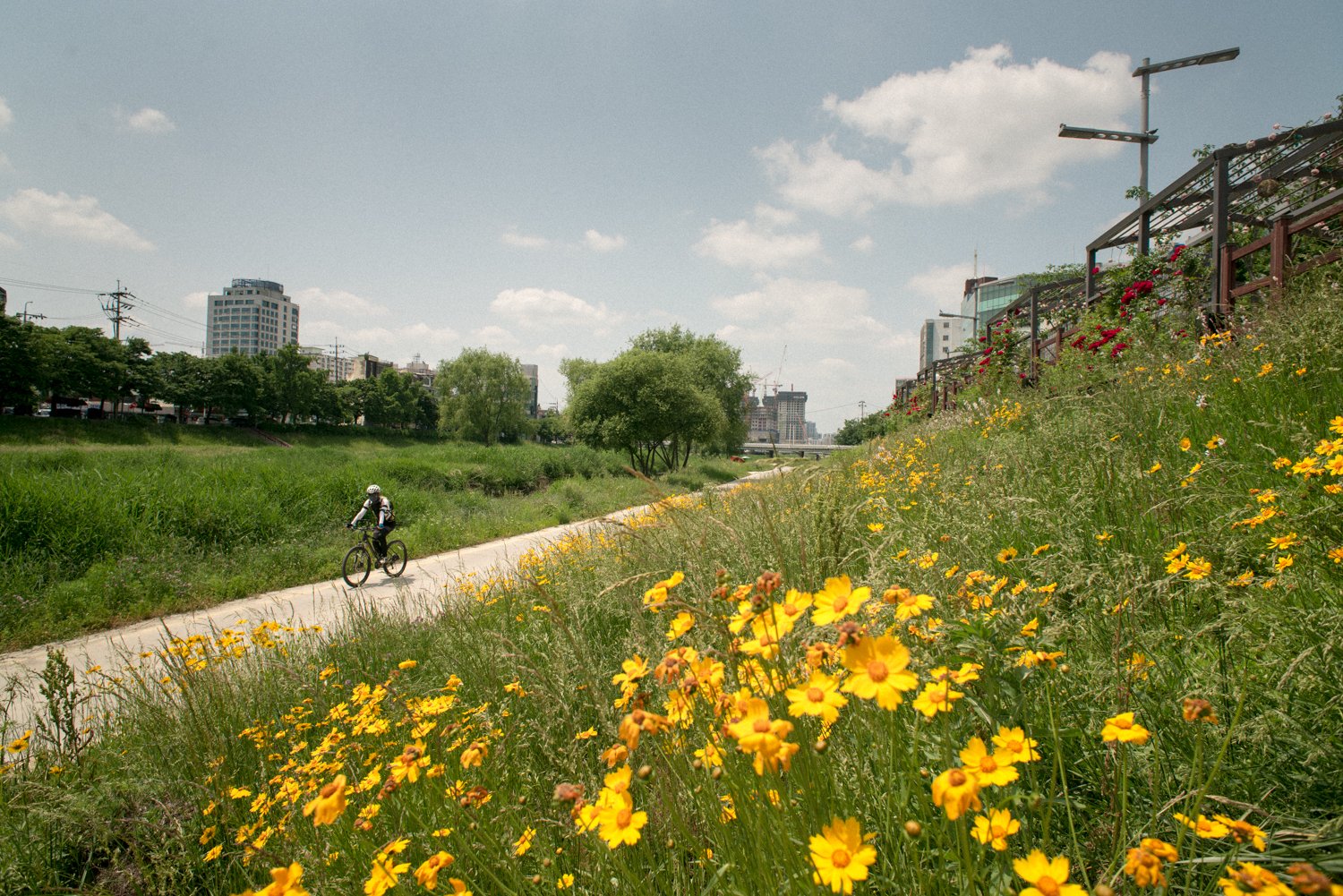
Inside the DMZ, rare and unique plants thrive where elsewhere they have disappeared. Native wildflowers such as the Korean pasque flower and the Siberian chrysanthemum bloom in peaceful meadows, untouched by pesticides or plows. Ancient forests shelter medicinal herbs and trees that have vanished from heavily farmed or urbanized areas. The diversity of plant life forms the foundation for the entire ecosystem, providing food and shelter for countless animal species. For botanists, exploring the DMZ is like stepping into a lost world.
Nature’s Comeback in the Shadow of Conflict
Perhaps the most astonishing aspect of the DMZ’s story is the resilience of nature in the face of destruction. Decades ago, the land was scarred by bombs, trenches, and barbed wire. Yet, given time and space, life has returned in abundance. Wild boars root through former battlefields, and river otters play in streams once crossed by soldiers. This remarkable recovery demonstrates how quickly ecosystems can rebound when left undisturbed by humans, even in places marked by violence and tragedy.
Scientific Discoveries and Ongoing Research
Biologists and ecologists have only scratched the surface of the DMZ’s mysteries. Because access is so restricted, every research expedition uncovers new surprises—from previously unknown insect species to rare amphibians thought to be extinct. Camera traps have captured images of wildcats, badgers, and even the odd bear. The DMZ has become a living laboratory, offering scientists a unique opportunity to study how ecosystems function when nearly untouched by humans for decades.
Challenges Facing the DMZ’s Wildlife
Despite its accidental protection, the DMZ is not immune to threats. Pollution from nearby cities can seep into its rivers, and climate change brings unpredictable weather, affecting both plants and animals. Occasional military exercises and the risk of renewed conflict always loom in the background. The presence of landmines, while keeping humans out, also poses a danger to larger mammals. Conservationists worry that any political change could open the DMZ to development, putting its fragile paradise at risk.
Hopes for a Transboundary Peace Park
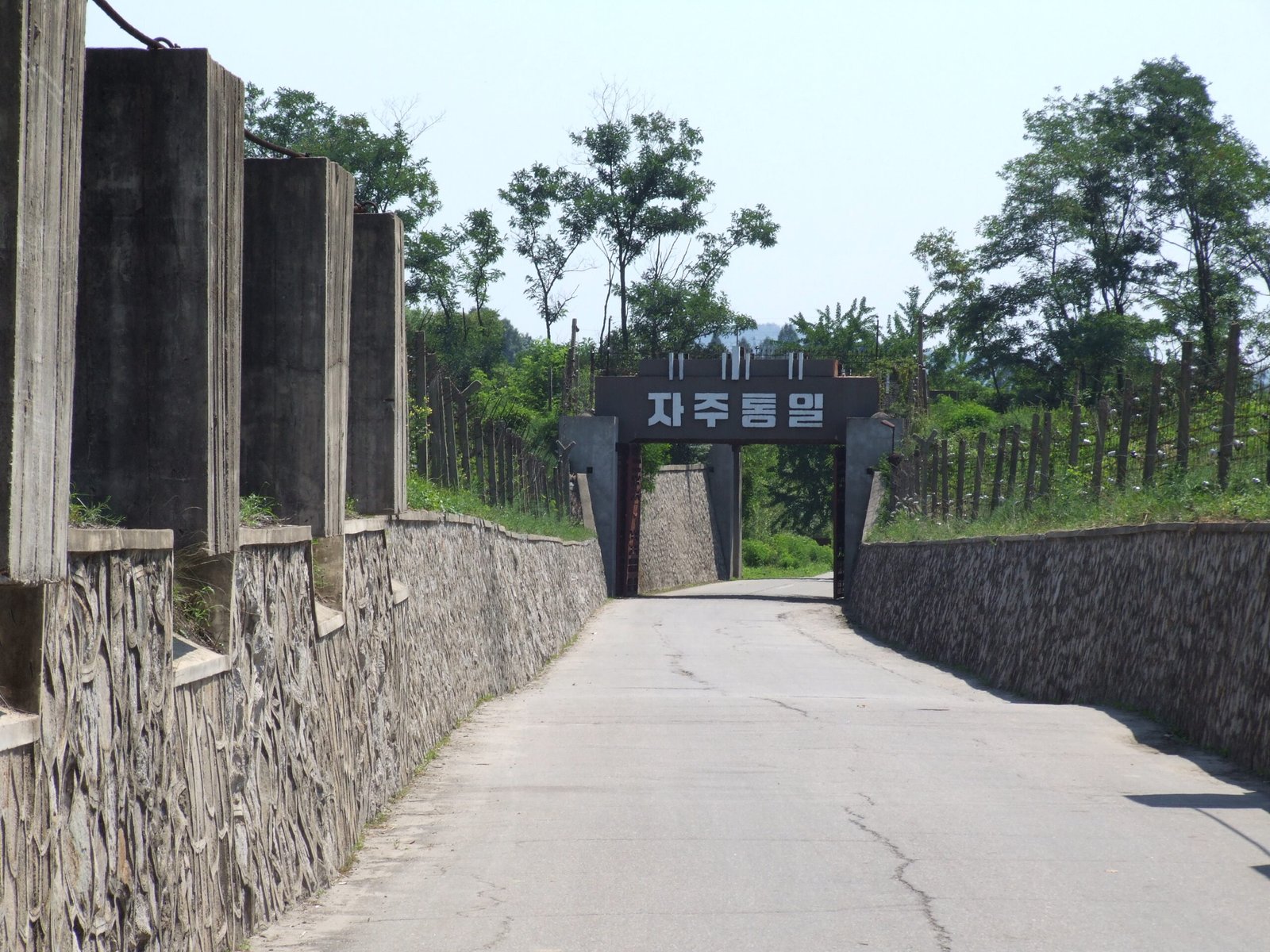
There is growing support among environmentalists and scientists to transform the DMZ into a permanent peace park—an international nature reserve that celebrates biodiversity and reconciliation. Such a park could become a symbol of hope, showing that even the most divided places can foster cooperation and renewal. Efforts have already begun to document the region’s biodiversity and build bridges between North and South Korea’s conservationists. The dream is to turn a scar of war into a beacon of shared stewardship and peace.
A Symbol of Coexistence and Unintended Hope

The DMZ stands as a powerful symbol of how life can thrive in the most unlikely places. What was once a forbidding barrier has blossomed into a living sanctuary, showing that hope and renewal can spring from even the deepest wounds. The story of the DMZ isn’t just about wildlife—it’s about resilience, adaptation, and the possibility of harmony between people and nature. It’s a reminder that sometimes, the best way to protect life is simply to leave it alone. What other forgotten corners of the world might hold similar surprises, if only we gave nature a chance?


